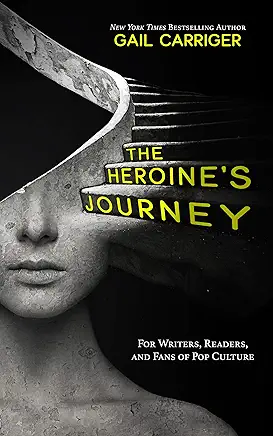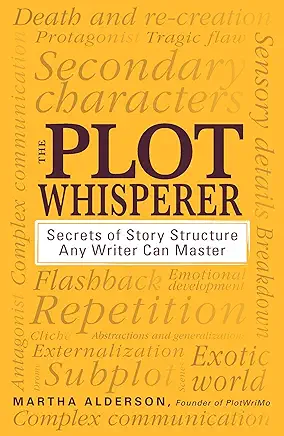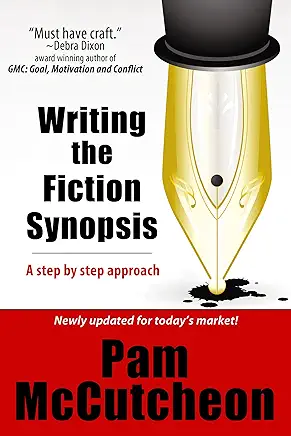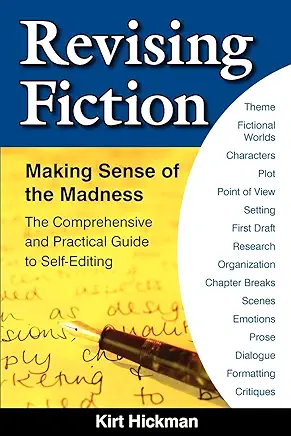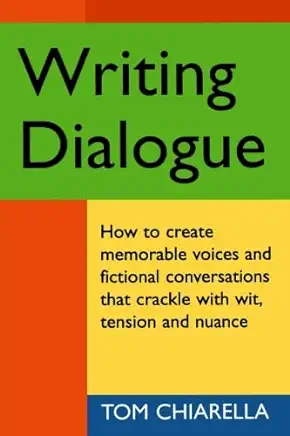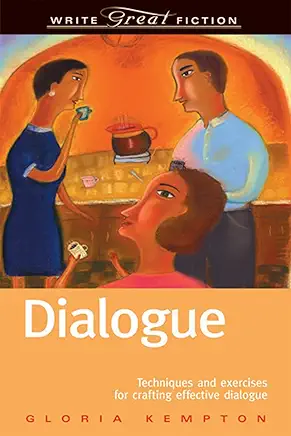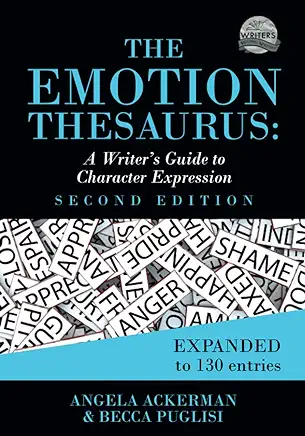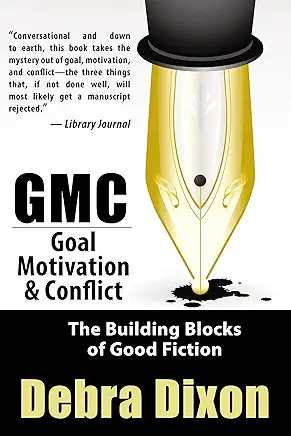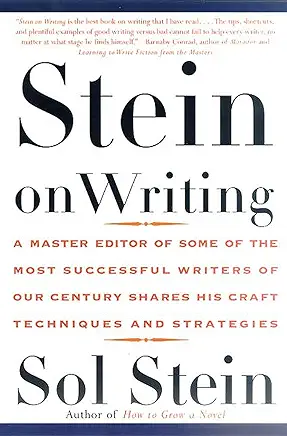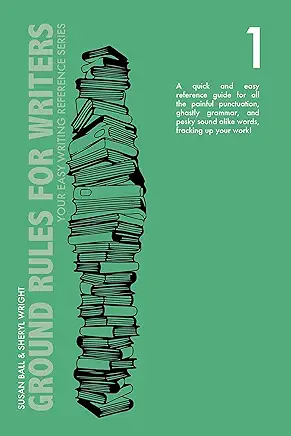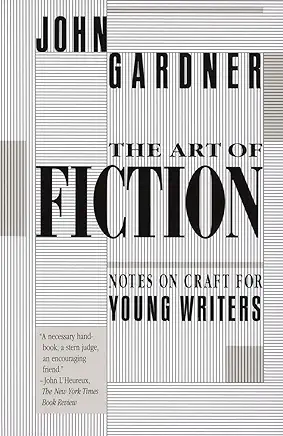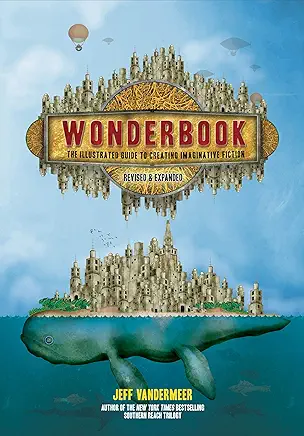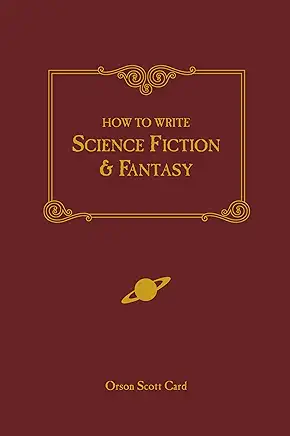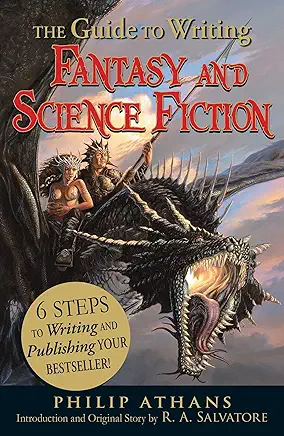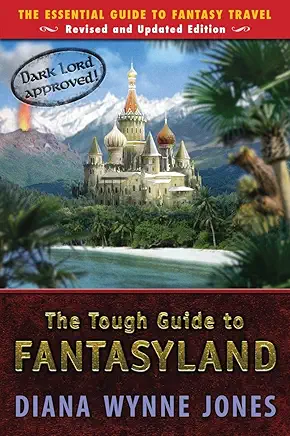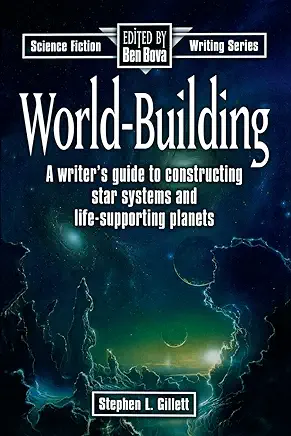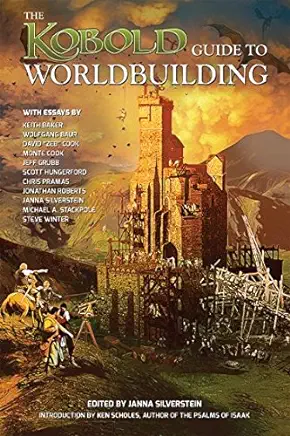I recently had occasion to update my teaching philosophy statement, which I haven’t done in a few years. It was an enlightening and useful exercise. If you’re interested, I’ve posted it here.
I’ve learned in life that the easy way isn’t always the best way; so too in teaching, the easy way is rarely the most effective. I have best learned when teachers took the time to understand my current skill level, gave me examples to follow, allowed me to emulate those examples, and then provided feedback that pointed out what I’ve done correctly as well as areas where I could improve. I have attempted throughout my teaching career to follow in the footsteps of those educators who inspired and taught me.
The specifics of how I organize and plan a course and how I teach it depends on the exact content and goals of the course, but my general methods of teaching are as follows:
1) Engage the students in discussion in order to gauge their current understanding of the topic as well as help them locate previous knowledge they can connect the new information to.
2) Introduce new information.
3) Discuss strategies and tools that students can use.
4) Analyze examples with the students so they become familiar with what works and what does not.
5) Model how to utilize the tools and strategies.
6) Allow the students to try the techniques on their own or work collaboratively with them.
7) Assign meaningful homework that allows students to explore their new skills, challenging them but not discouraging them.
8) Use peer feedback when appropriate and instructor feedback to encourage growth and remediate misunderstandings.
9) Build on previous lessons through the use of repetition of key concepts while new ideas are presented.
Not all students enter institutions of higher education prepared to complete college-level coursework. Simply assuming that they possess particular skills or that they can “figure it out” risks setting up both the students and the instructor for failure. This is where providing students with strategies and tools comes into play. Strategies and tools can give students a place to start and a direction in which to move. Designed properly, they can be used by students beyond individual classes to make them more self-sufficient and successful in their broader coursework and their careers outside of school.
I’ve seen that students utilize strategies and tools more effectively when I have modeled their use for them. Searching a database for articles on a topic, taking notes from an article, drafting a summary, completing planning steps for an essay, and even drafting an essay while standing in front of a class can be nerve-wracking at times, and it’s certainly harder than simply telling students what they need to do, but my training in fiction writing rings in my ears as a reminder of best practices: show, don’t tell. Modeling techniques and behaviors allows students to see what success can look like, and if I struggle in front of them at times, they can see that their struggles are completely natural.
Beyond giving my students strategies and tools and showing them how to use them, I am most concerned with students’ ability to think critically and analytically about the texts they read and the words they write. Such experiences should strengthen their critical-thinking skills in general while also helping them to communicate their ideas more effectively. Students need to be trained to look at the big picture to determine if a piece of writing is effective and to question whether or not the quality of the composition reflects on the messages contained within.
When it is time to focus on the details of writing, I feel that rote grammar exercises concerned with definitions or the identification of parts of speech and lessons that utilize low-engagement exercises such as fill-in-the-blanks are ineffective at helping students achieve mastery of academic and professional English and clarity of expression. Grammar and style instruction should focus more on the function of words and how they can be used to express ideas. Activities that requires students to write sentences using particular parts of speech or constructions allow them to learn by doing, thus connecting that practice to their writing habits. Again, this is not easy. A simple answer key cannot be used to gauge student success in such activities, but most assessments that can use a key are testing lower-hanging fruit on Bloom’s Taxonomy. I’m concerned more with application and creation as well as students’ ability to analyze and evaluate their own writing and the writing of others—at both the macro and micro levels.
A concrete example of my beliefs in action is my redesign in the spring of 2020 of an online remedial English course. The original version of the course contained an overwhelming number of grammar worksheets in the first third of the term. The second third of the term contained assignments that requested students to summarize short readings with little explanation of how to approach reading for the purpose of writing an academic summary or what a good summary should contain. The final segment of the course focused on writing short essays—with only limited time for peer or instructor feedback to be provided to allow students to fully engage in the revision process. It is my belief that this course organization was detrimental to students’ learning. Separating grammar, reading and summarizing, and essay writing does not allow students to connect those into a holistic discipline of engagement with information, which they will need in school and beyond.
My redesigned course starts with essay writing to place students in that mindset right away, and it provides individual weeks devoted to planning and drafting, peer review, and revision for each essay. During that time, students also work on close-reading exercises that build up to writing academic summaries, and they take part in sentence-writing exercises aimed at getting them to think analytically about their use of language to avoid common errors. The course is designed to follow a consistent pattern in the hopes that the students develop effective new writing habits that they will carry with them beyond the term.
Do I think I know all there is to know about teaching? Hardly. In my experience, teachers can be most effective when they view teaching as a two-way act of communication in which both parties are open and receptive to each other, to exploring new ideas, and to the possibility that everyone has the room and potential to improve and grow. It is just as important for teachers to be willing to learn and grow as it is for students. I do my best to remove my ego from the situation so that I can be more self-reflective and open to improvements, and I am always looking for ways to be a more effective instructor. If a student struggles to understand a concept or a task that has been assigned, I work with them to attempt to alleviate that confusion, and then I look for ways to add clarity to the course materials to avoid similar confusion in the future. Just as I believe that writing should be more about the reader than the writer, I believe teaching to be more about the student than the teacher.

